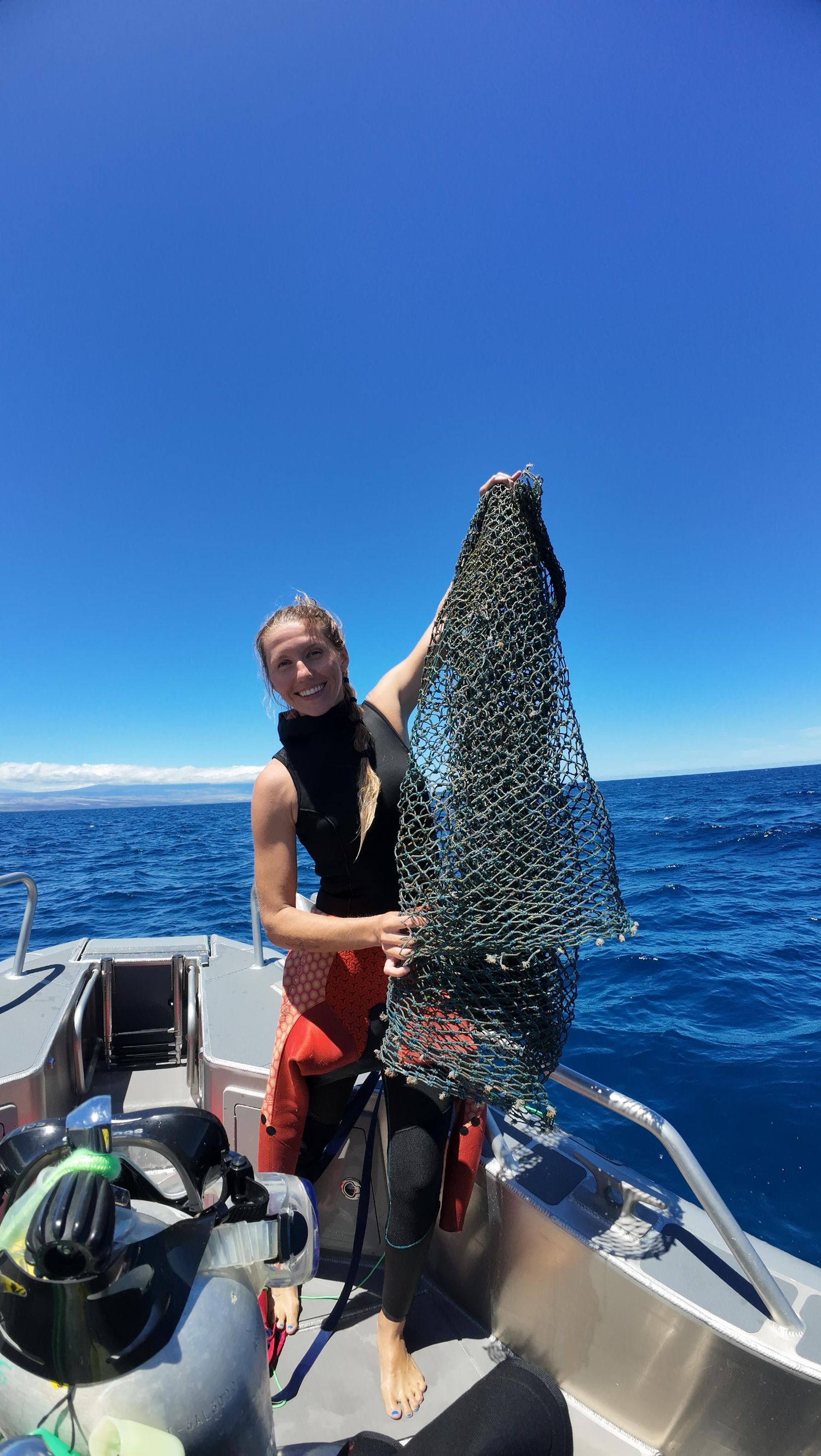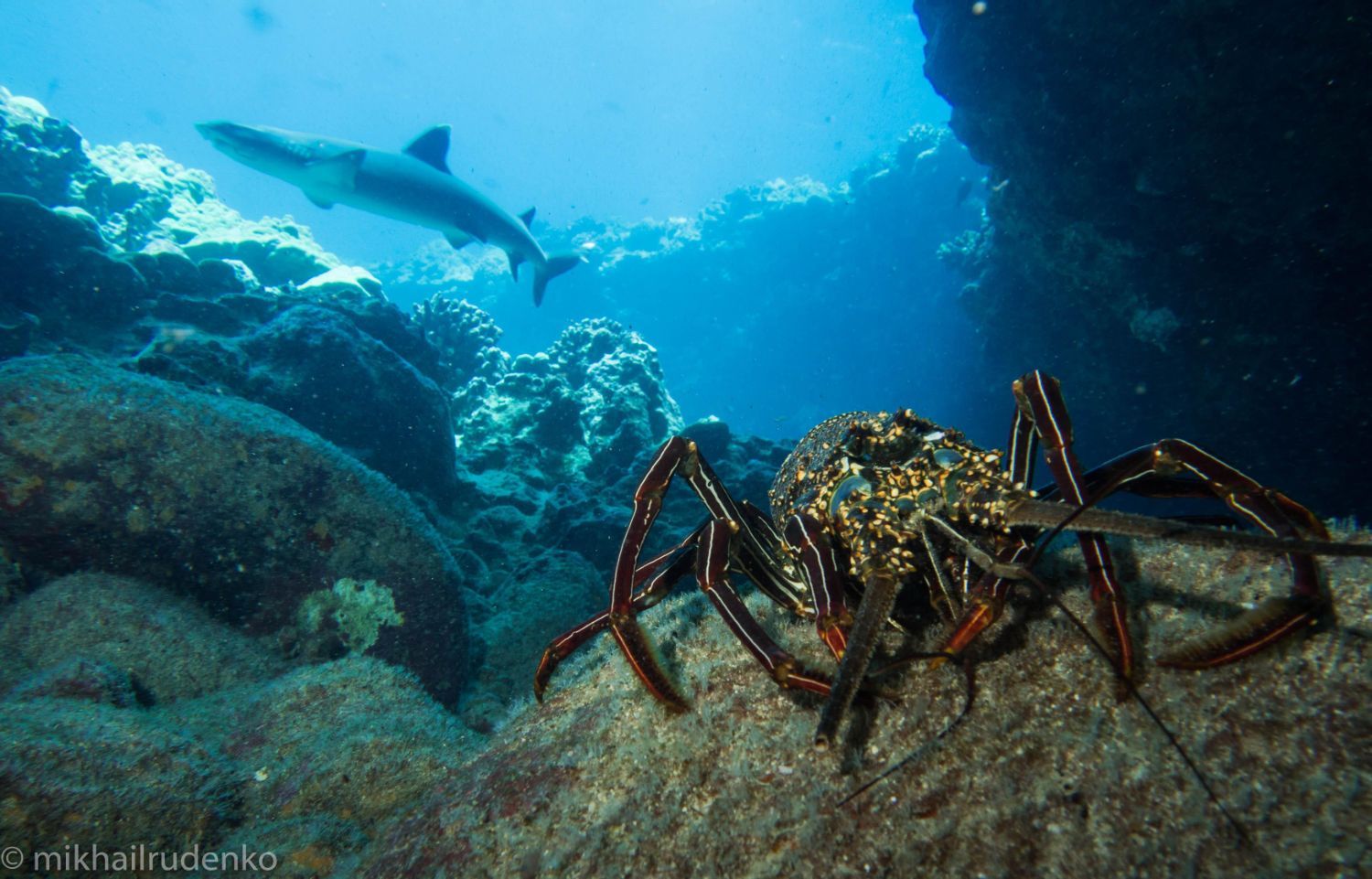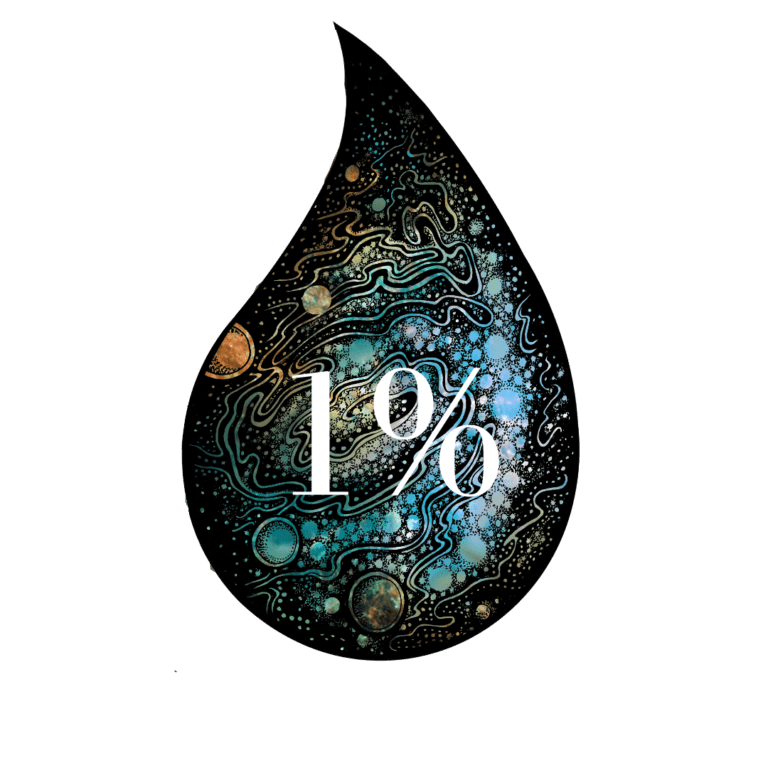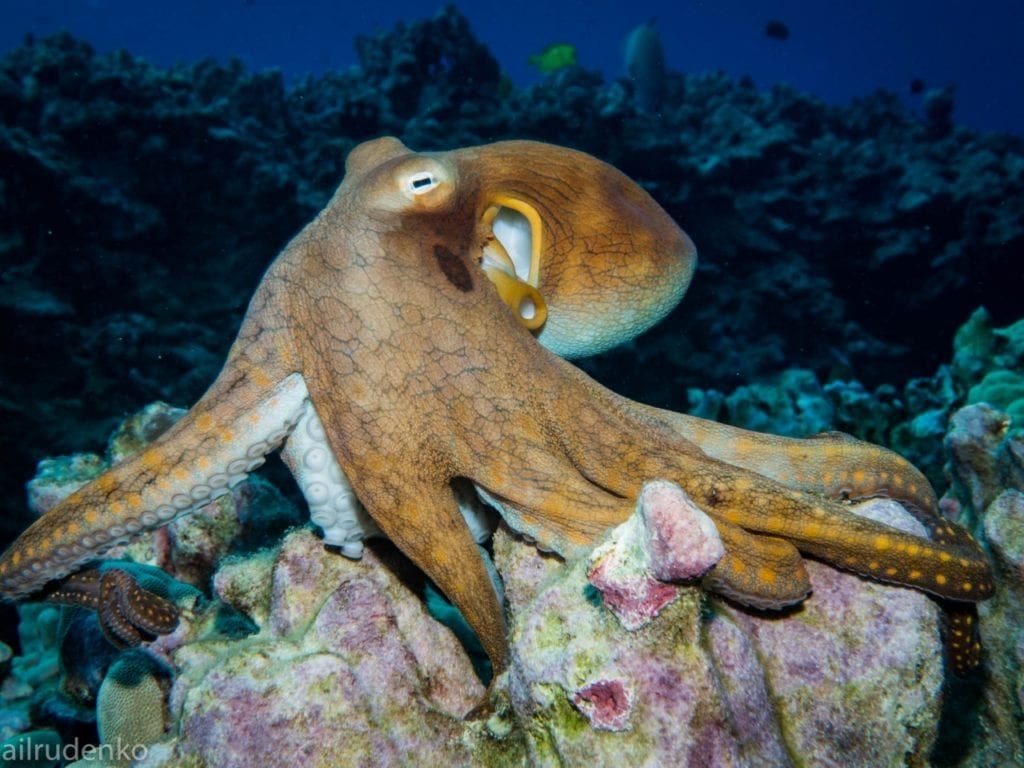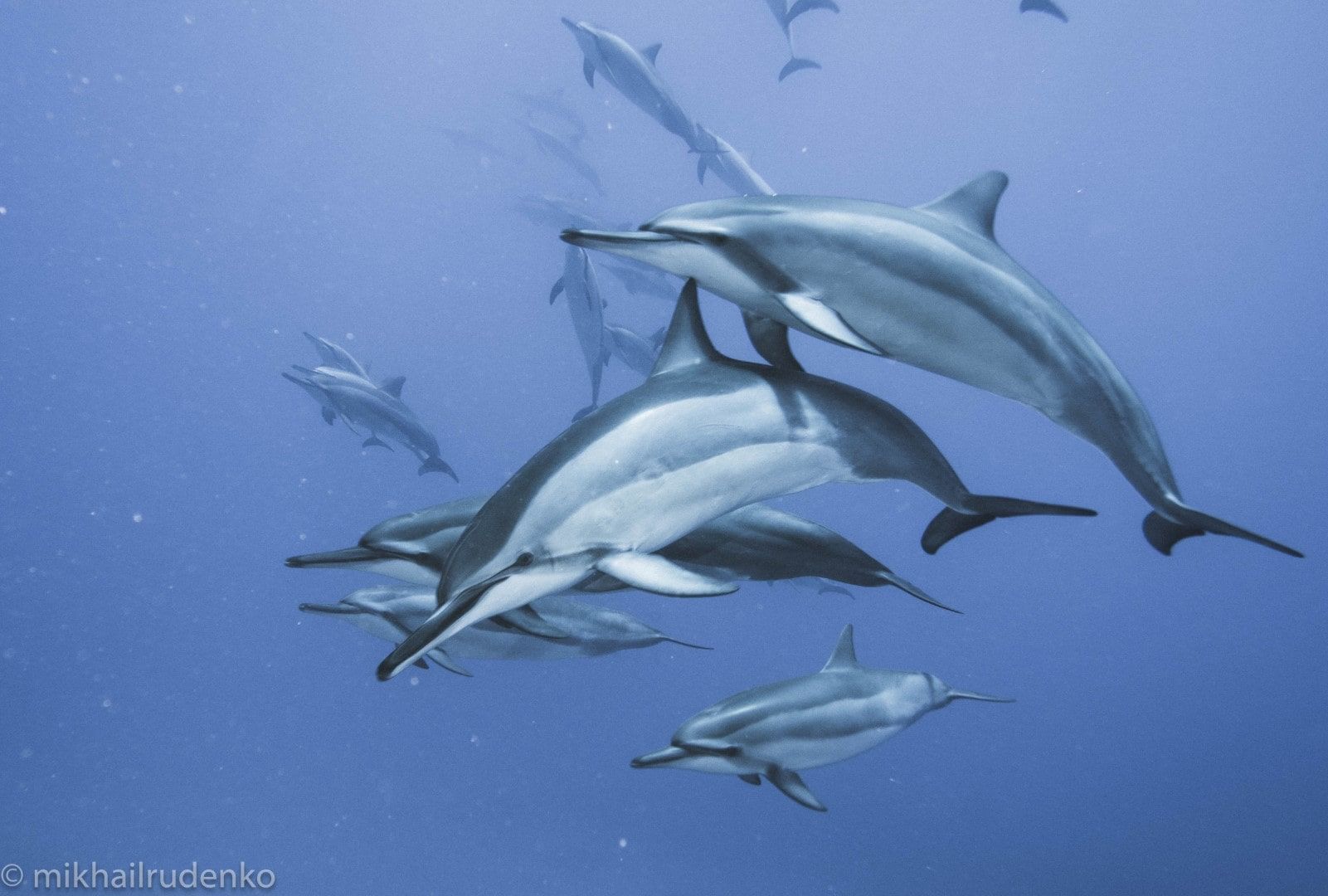DIVE BLOG
Everything you need to know about scuba diving on the Big Island, Hawaii
Scuba Diving Big Island: A Mesmerizing Underwater Journey for All
Welcome to scuba diving on the Big Island of Hawaii, a destination that captures the hearts of underwater enthusiasts from around the globe. Whether you're a seasoned diver or someone looking to explore the ocean's depths for the first time, the Big Island offers a mesmerizing array of dive sites that cater to all levels of experience. From the pristine coral reefs of the Kohala coast, to the manta rays in Kona, to the rugged coastline in Hilo, this paradise offers an unparalleled diving experience. Let's dive into what makes scuba diving on the Big Island a must-do adventure for anyone seeking to explore the depths of one of the world's most magnificent underwater realms.
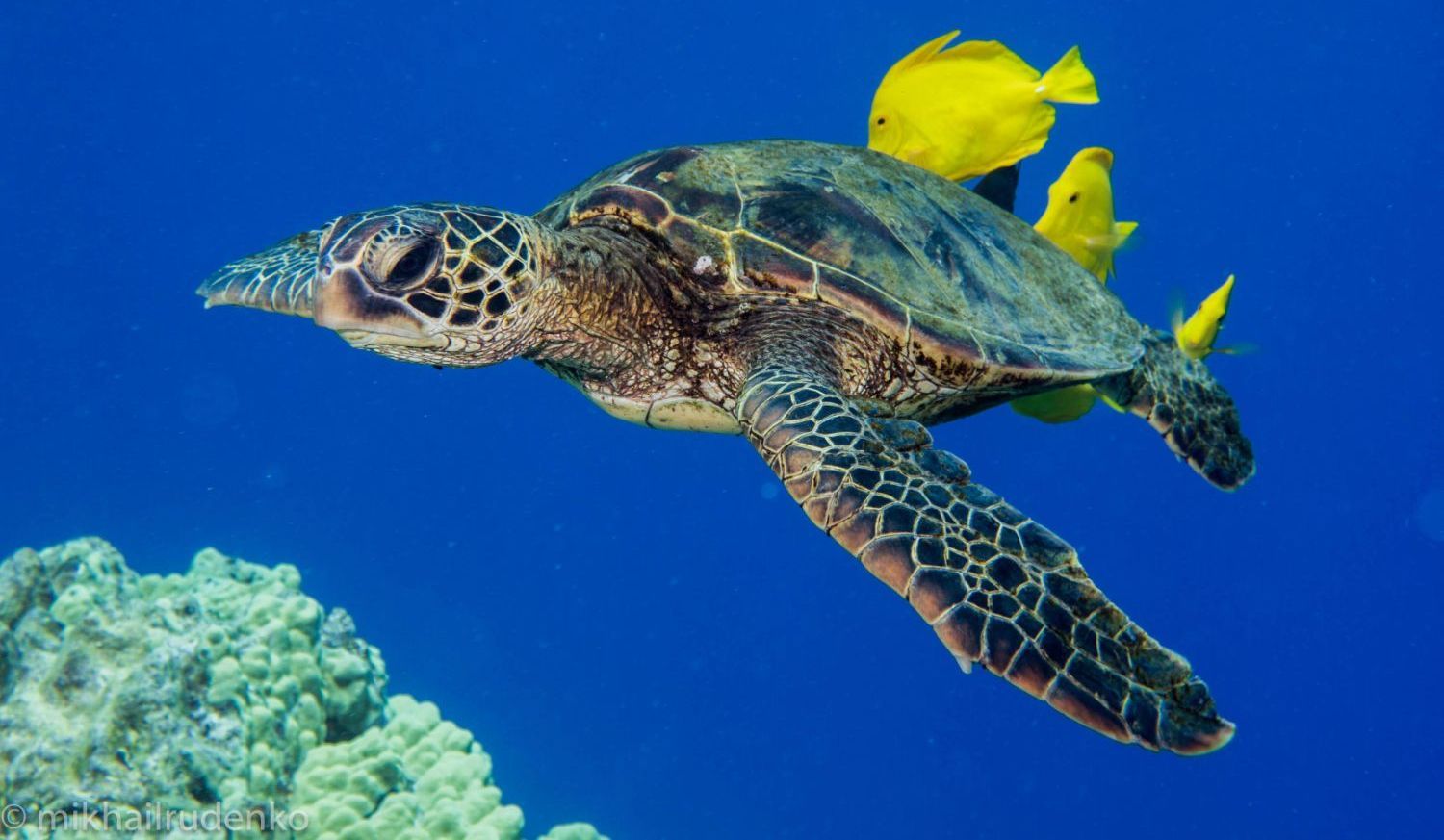
Big Island Dive Locations: East vs West
The Big Island of Hawaii is a diver's paradise, offering a breathtaking underwater world that rivals its stunning landscapes above the surface. When planning a scuba diving adventure on the Big Island, one of the first decisions to make is whether to explore the east side or the west side. Each side has its own unique charm and marine wonders.
The east side of the island is considered the “rainy side”, with lush, tropical rainforests and hundreds of waterfalls dotting the coastline. There are several shore diving sites in Hilo, however the majority of the year it is too rough to enter the water safely. But on a calm summer day, Hilo’s reefs are generally teeming with Hawaiian Green Sea Turtles and healthy coral reefs.
The Big Island's west side is where the vast majority of diving occurs as it is usually much calmer and more protected from wind and swell than the east side. While Kona is famous for its manta ray night dive, the west side of the Big Island is home to some of the best diving in the state. Extensive lava tubes, incredibly healthy coral reefs teeming with fish, whales in the winter, and sea turtles and spinner dolphins year round - you’re surely bound to have an unforgettable experience diving along the western coast. Kona is found along the southern half of the coastline and is where the majority of dive boats on the Big Island are located. With its steep coastline and access to deep water, you never know what will show up on your dives! The northern half of the coastline, also called the Kohala Coast, is more remote and boasts the highest coral cover in the state of Hawaii! This is where we dive, so if you’d like to visit some of Hawaii’s most pristine reefs join us on one of our morning dive charters.
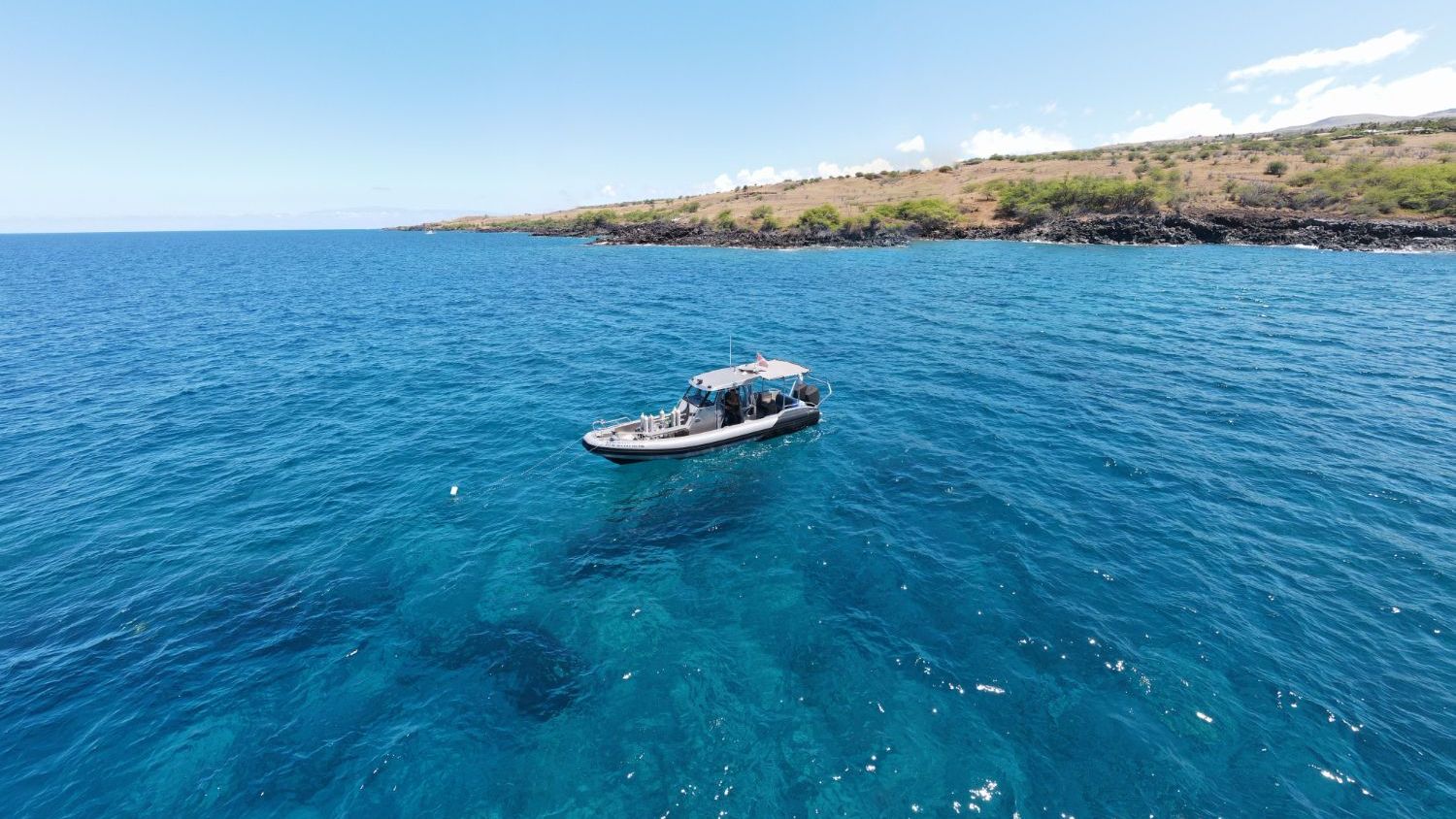
Shore Diving vs Boat Diving
Divers on the Big Island have the option to explore the underwater world either by shore diving or boat diving. The Big Island’s coastline is mostly volcanic lava rock, so shore access is fairly limited to only a handful of sites, but they are well worth checking out! On the east side Richardson’s Beach Park offers great diving opportunities, and on the west side Mahukona, Puako, and 2-Step are great for shore diving. It is always best to talk to your local dive shop about shore diving locations to find out the best entry and exit points, navigation, and safety considerations before attempting a shore dive.
On the other hand, boat diving opens up a wider range of dive sites that are often inaccessible from the shore. It's perfect for divers looking to explore deeper waters and encounter a larger variety of marine life and habitats. Boat dives provide the convenience of professional guidance and training, making them a great choice for divers seeking to expand their experience. They are also great for advanced divers who want to explore deeper pinnacles, lava tubes, or more remote locations.
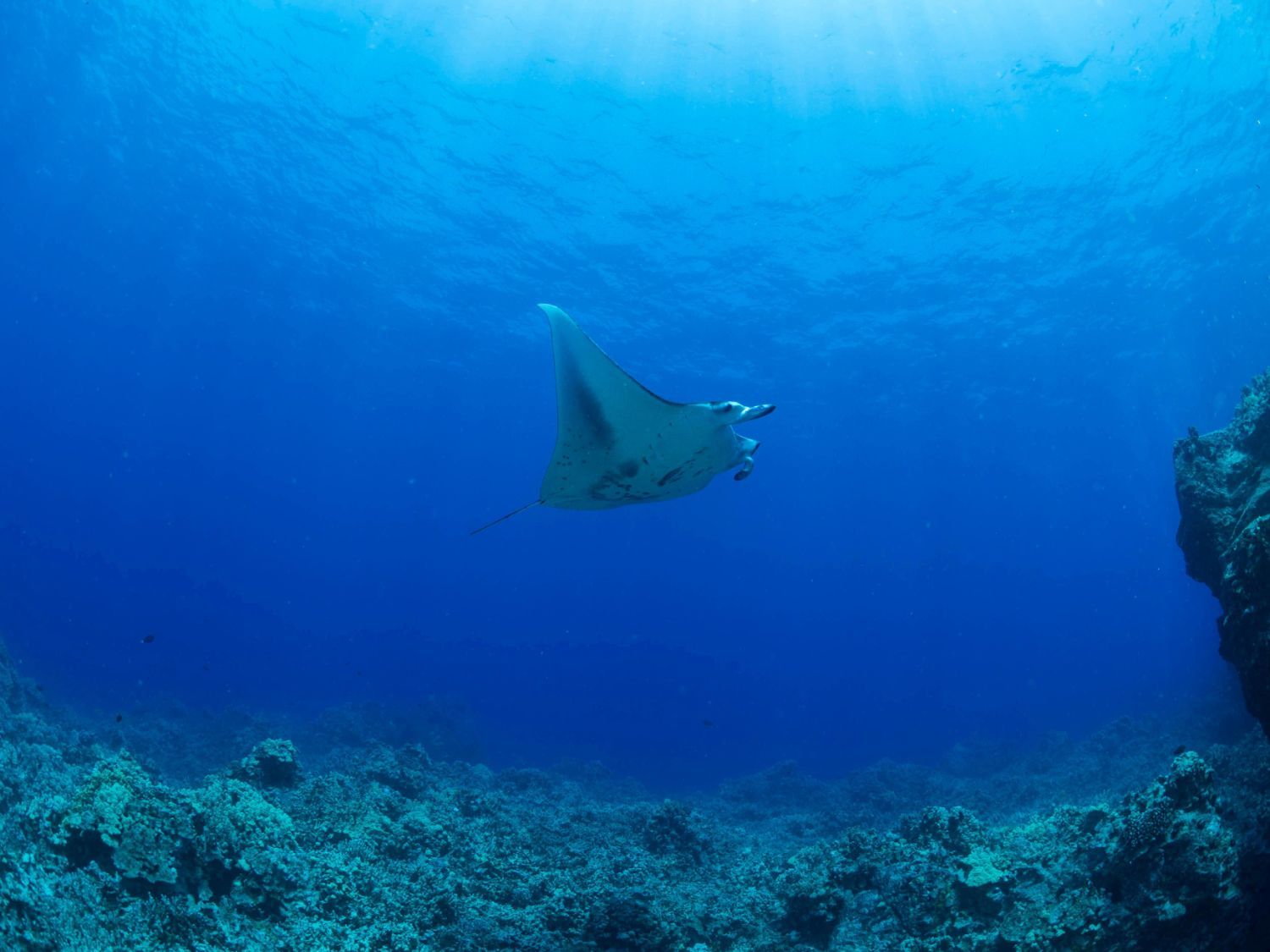
Diving vs Snorkeling
Snorkeling offers a delightful glimpse into the vibrant marine life and coral reefs just beneath the water's surface and requires minimal gear to enjoy this activity. Snorkeling is generally best in shallower water that is less than 30 feet deep so that you can easily see the marine life below you. Read more about snorkeling on the Big Island here. Scuba diving takes the exploration to a deeper, more immersive level by providing the unique opportunity to fully submerge into the underwater world, allowing for a closer, more personal interaction with marine life and the ability to explore hidden wonders beyond the reach of snorkelers. Unlike snorkeling, which is limited by the need to surface for air, scuba diving equips you with the freedom to breathe underwater, enabling longer and more extensive exploration of dive sites. Additionally, diving offers a sense of tranquility and weightlessness that is unparalleled, where you become part of the aquatic environment, observing behaviors and ecosystems that are simply not visible from the surface. Whether marveling at the intricate details of coral gardens or experiencing the thrill of a deep wall dive, scuba diving provides an unmatched depth of adventure for those looking to fully engage with the ocean's mysteries. Interested in getting certified? Check out our PADI Scuba courses.
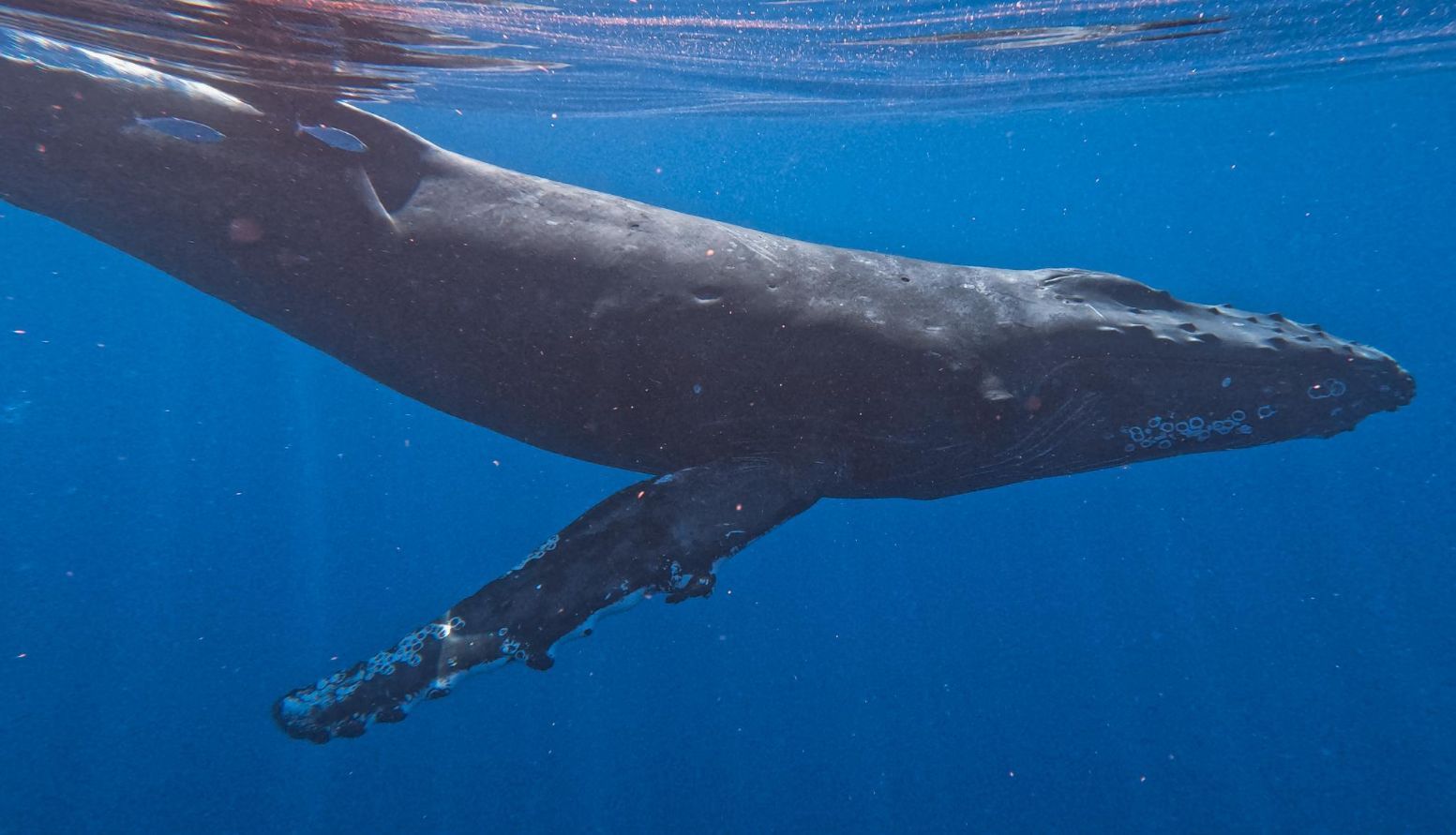
When to dive on the Big Island
While the diving on the Big Island is spectacular year round, there are seasonal differences you want to keep in mind when planning your dive trip. Wintertime is whale season, meaning that you will likely see the migratory humpback whale from the boat during your surface interval. It’s a 2-for-1 diving and whale watch trip! However, the weather can be more unpredictable in the winter with big swell and a lot of rain which can reduce visibility and make for rougher diving conditions. In the summer, the water is generally much calmer and warmer, and the reefs are teaming with life. For more information on the Big Island’s diving conditions check out our blog post.
Tips for a Great Dive Experience
- Check Weather Conditions: Hawaii's weather can be unpredictable. Before heading out, ensure you check the weather conditions and talk to your local dive shop to plan your dives accordingly.
- Respect Marine Life: Remember to maintain a respectful distance from marine life. Avoid touching or disturbing any creatures you encounter and “leave only bubbles” to keep the reef just as you found it.
- Choose the Right Dive Operator: Whether shore diving or opting for a boat dive, choose a reputable dive operator with experienced guides. Safety should always be a top priority, followed by marine conservation.
- Pack Essentials: Don't forget essentials like reef-safe sunscreen, water, and any personal dive gear. Staying hydrated is crucial, especially under the Hawaiian sun.
- Capture Memories Safely: Bring a waterproof camera to capture the beauty of your underwater adventures. Ensure your equipment is secured and won't harm the marine environment.
Scuba diving on the Big Island is an enchanting journey into a world of vibrant coral reefs, fascinating marine life, and unforgettable underwater encounters. Whether you're a seasoned diver or a novice, the Big Island offers something magical beneath the waves. So, gear up, dive in, and let the wonders of Hawaii's underwater world unfold before your eyes.
